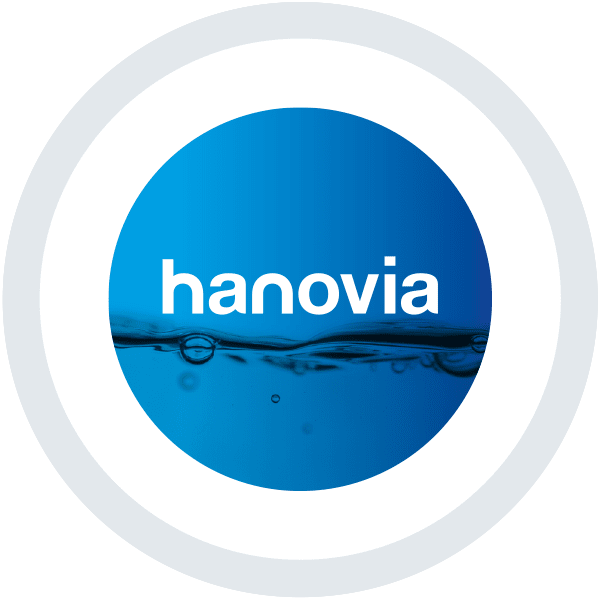Schedule 80 PVC or Schedule 40 PVC pipes: What to choose when?
By Saumya Garg
Based on the end use, PVC pipes come in varying sizes, colors and thickness. For most water transportation purposes, the commonly used PVC pipes are those designated as Schedule 40 and Schedule 80 pipes. Both Schedule 40 and Schedule 80 PVC pipes have the same external diameter, however, they have some key differences.
Schedule 80 PVC pipes have a thick wall and are used for high pressure operations in a commercial and industrial setting. Schedule 40 pipes have thinner walls and are intended mostly for residential settings. Due to the smaller inner diameter of a Schedule 80 pipe, it offers a restricted flow compared to a Schedule 40 pipe of the same size.
As far as the impact of environmental factors is concerned, both Schedule 40 and Schedule 80 PVC pipes hold up well to soil corrosiveness, rain, etc. However, prolonged exposure to sunlight may affect the structural integrity of PVC pipes. PVC polymers undergo accelerated dehydrochlorination and peroxidation processes when exposed to ultraviolet (UV) rays in the presence of oxygen and moisture. This results in the formation of polyenes on the exposed surface. Majorly the following impact can be seen on PVC exposed to UV rays from the sun:
- Brown/black surface discoloration;
- Surface cracks;
- Brittleness;
- Changes in mechanical properties, such as tensile strength, impact strength etc
Of these, the most concerning effect of UV rays on PVC pipes is the decrease in impact resistance. Although it has been observed that only surface mechanical properties depict any change whatsoever, however, even the slightest change of impact strength of a thin walled pipe may have a severe outcome.
Pipe failures due to external impact pressure are extremely undesirable and can pose serious health and safety concerns. This is where Schedule 80 PVC pipes stand out compared to their thinner walled counterpart. In fact, the wall thickness of a pipe is a key variable used to study the changes in impact strength of PVC pipes exposed to sunlight. It is safe to say then, for outdoor applications, Schedule 80 PVC pipes should be your go-to.
Further Reading:
- Photostabilization of poly(vinyl chloride) – Still on the run. E. Yousif, A. Hasan. Journal of Taibah University for Science 9 (2015) 421–448






 沪公网安备 31011202013557号
沪公网安备 31011202013557号